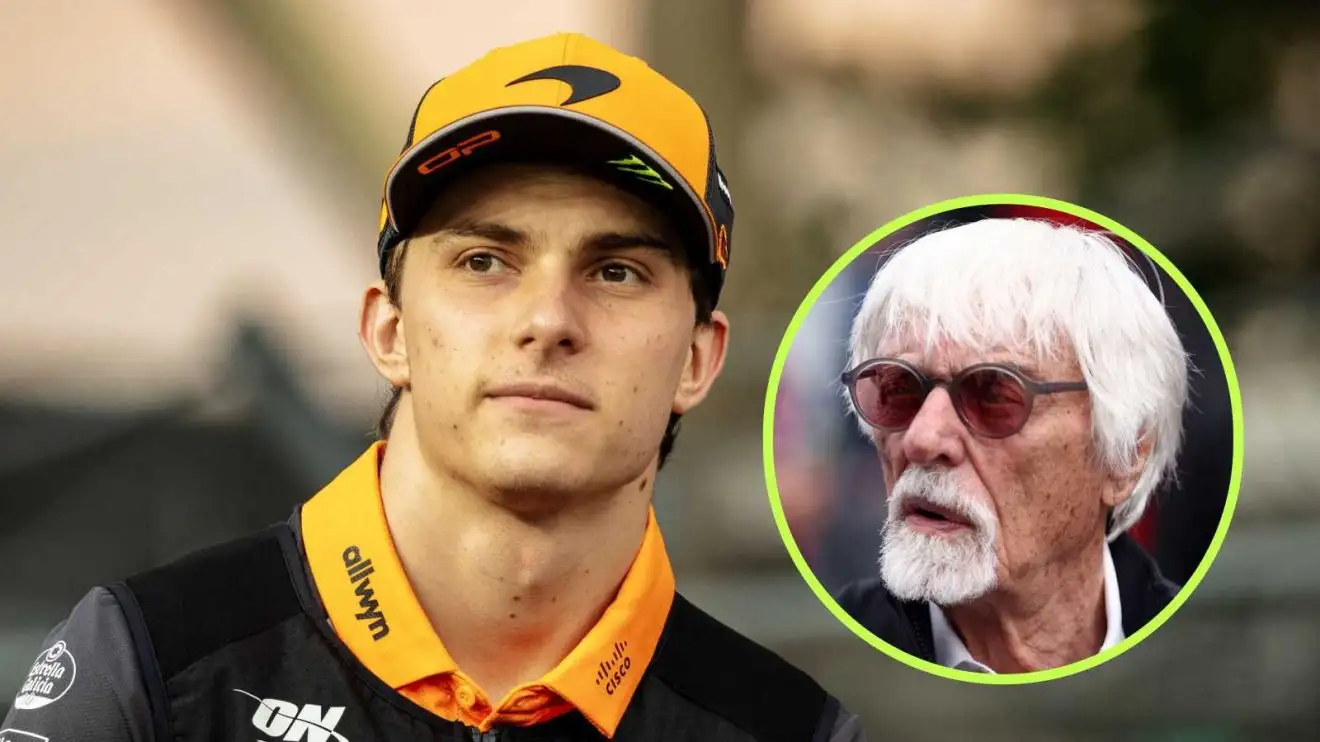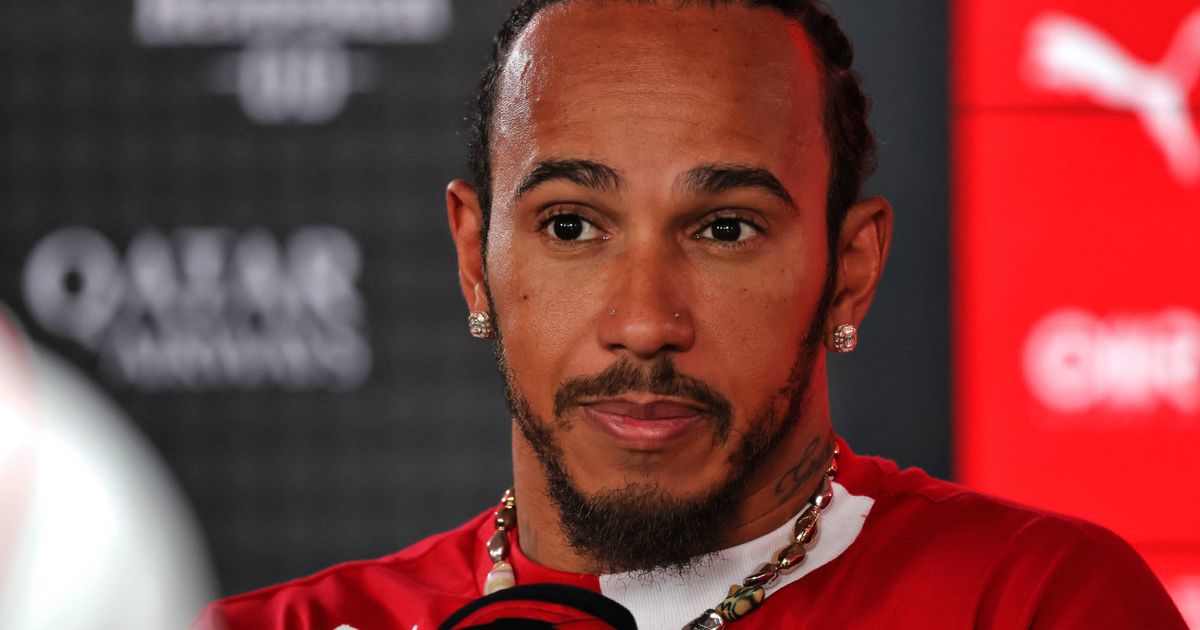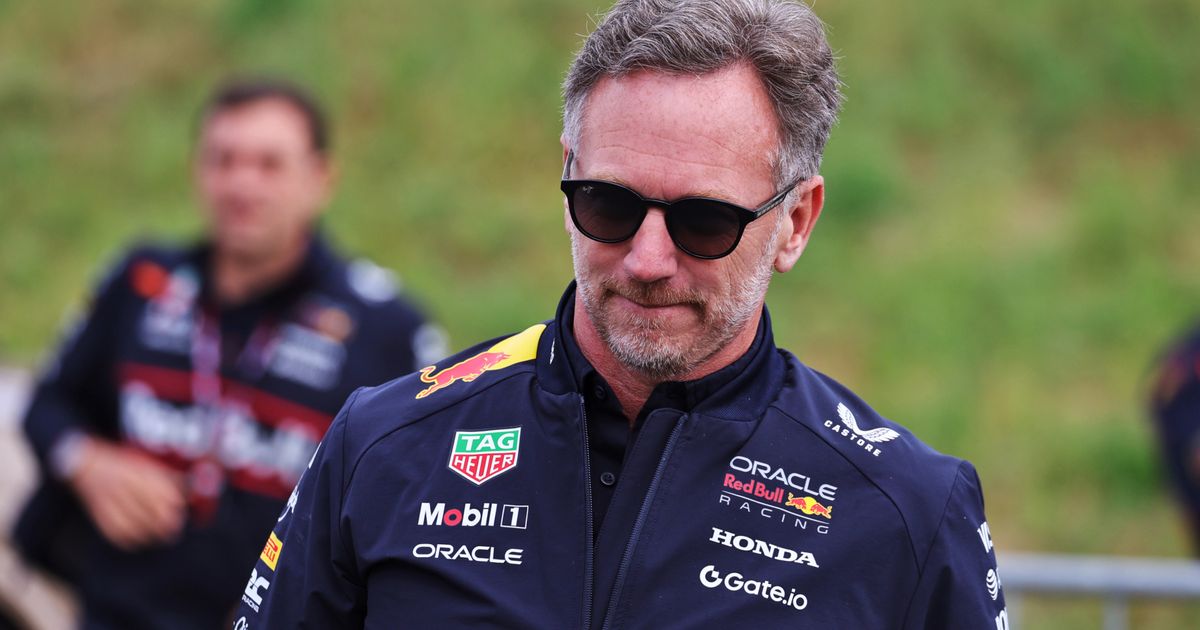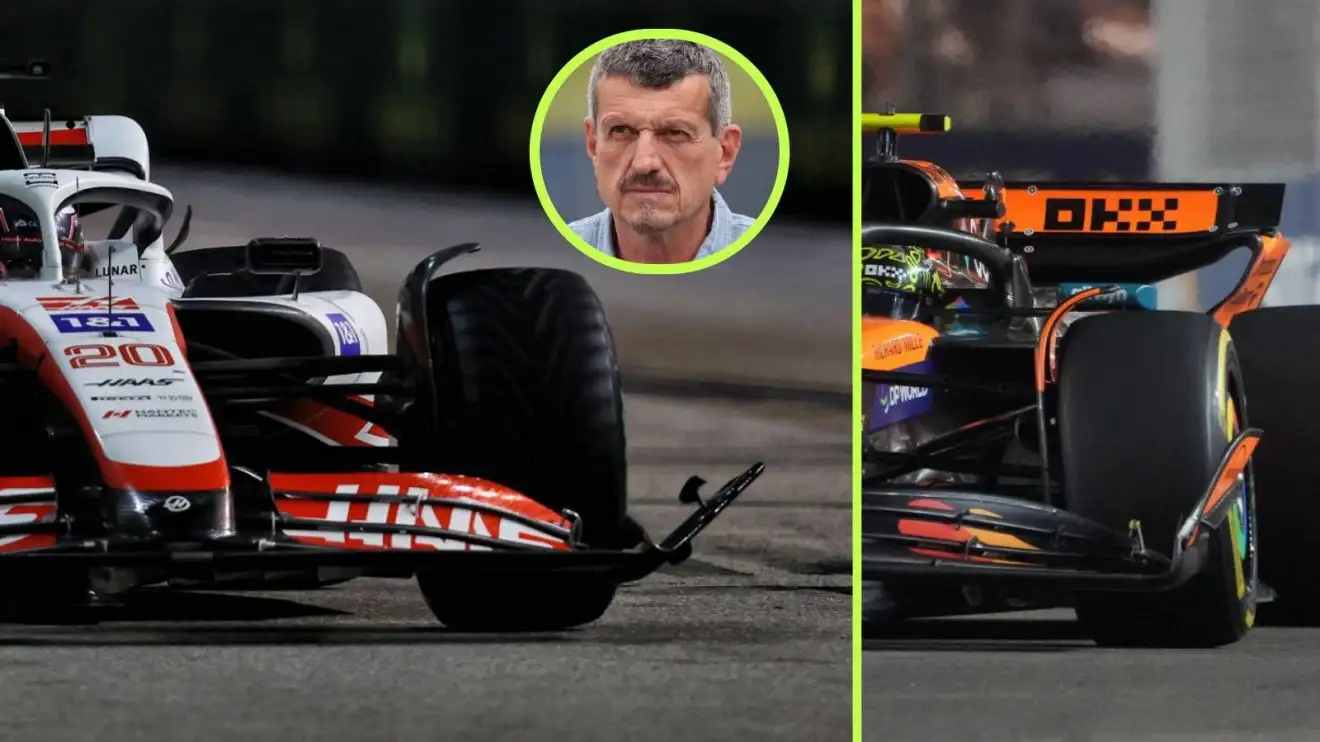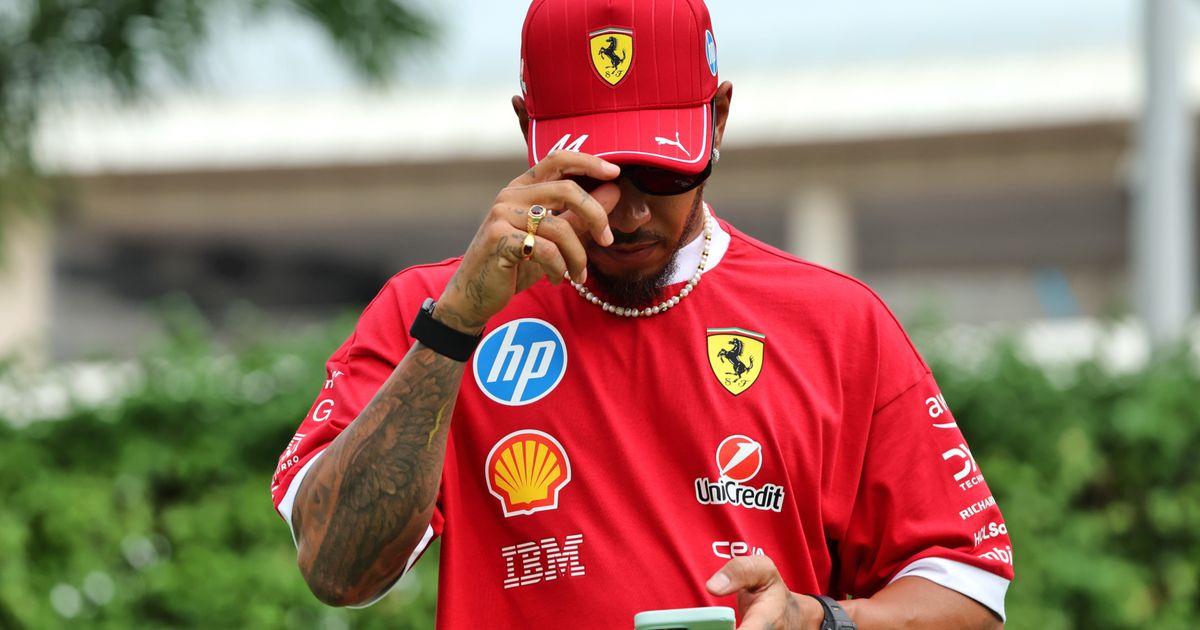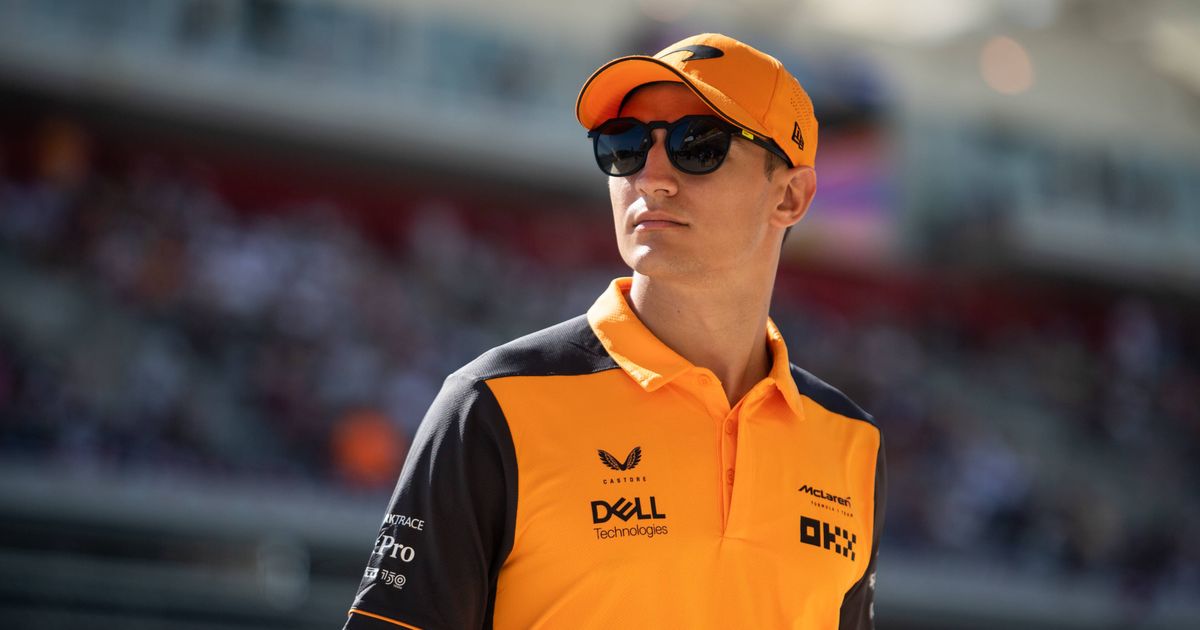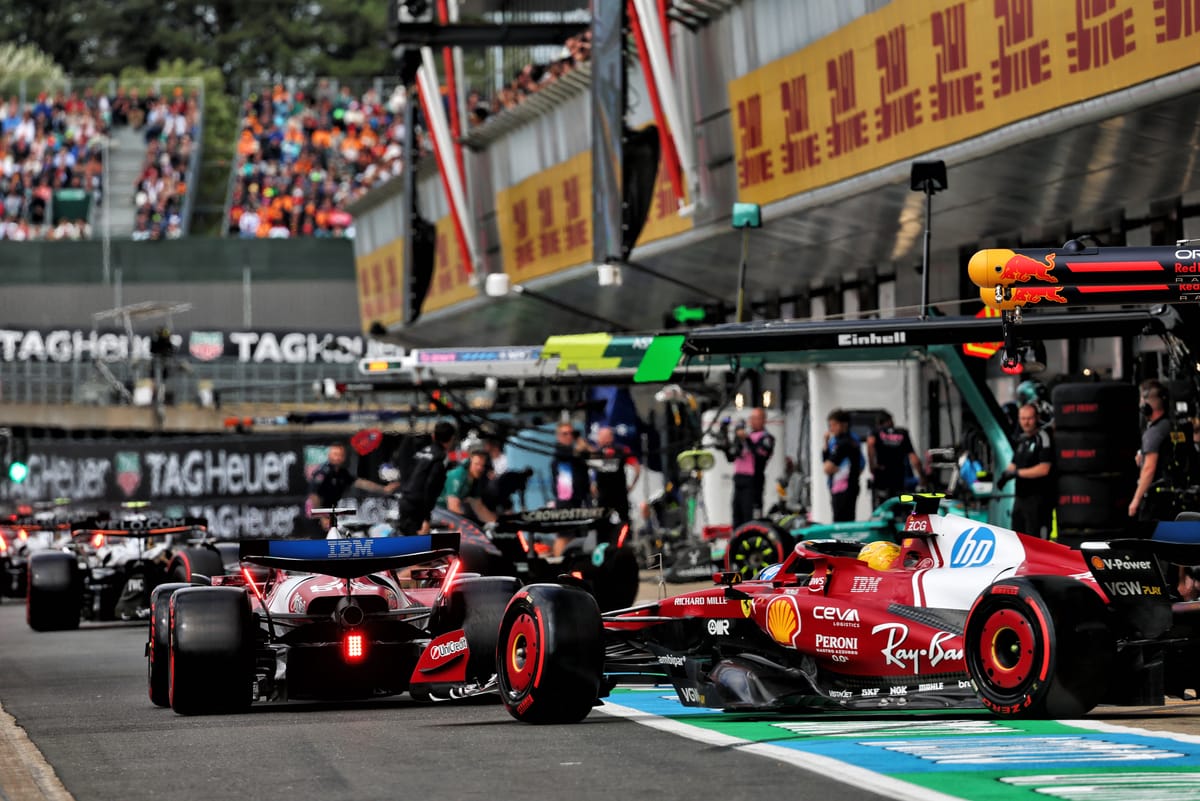
Grading Every F1 Team's 2025 Performance So Far
The F1 championship table often masks the true performance of teams. With the August break upon us, we've evaluated each team's 2025 performance against their pre-season expectations, assigning grades from A (excellent) to F (terrible), with subdivisions (e.g., B+, B, B-). This reflects not just car speed but also execution in maximizing its potential. Here’s how each of the 10 F1 teams stacks up.
Red Bull: Grade D
Championship position: 4th Points: 194
Why it matters: Red Bull, having dominated the current era, set the highest expectations. Anything less than a championship challenge is a failure, and their 2025 hopes are effectively gone.
The big picture: Two wins and a sprint victory are simply not enough. The team has faced upheaval with Christian Horner's departure and struggles with the second car. Max Verstappen has been a savior, delivering against-the-odds wins, but even he acknowledges the car "is still not where I need it to be." Balance limitations, like understeer, persist from last year, compounded by a baffling lack of grip at the Hungaroring.
What's next: Signs of progress with the recent Belgian upgrade, but it's far from sufficient to meet their usual standards. Their trackside execution somewhat flatters a disappointing season given their pedigree.
Sauber: Grade B+
Championship position: 7th Points: 51
The big picture: Sauber started pre-season testing poorly, with a car lacking driver confidence. However, significant upgrades, particularly the Spanish Grand Prix floor, transformed their season. Technical director James Key confirmed this was the "intended race car" and made it not only quicker but far more confidence-inspiring for Nico Hulkenberg and Gabriel Bortoleto. Subsequent floor evolutions further built on this.
Why it matters: From an embarrassing start, Sauber has become a consistent and credible midfield performer. Hulkenberg achieved a podium at Silverstone, and Bortoleto has scored points in three of the last four races.
Verdict: Tangible progress ahead of their Audi transformation, turning a difficult car into a regular points-scorer.
Ferrari: Grade D
Championship position: 2nd Points: 260
Why it matters: After last year's strong showing, expectations for Ferrari in 2025 were sky-high, yet they've spectacularly failed to meet them, with only five podiums and Lewis Hamilton’s singular sprint win.
The big picture: Changes aimed at aerodynamic gains, like moving the cockpit rearwards, did not pay off. A tightly packaged central rear damper led to inadequate ride height control, forcing the car to run higher and shedding downforce. Rear suspension upgrades at Spa improved confidence, but it’s still not enough. Even when qualifying well, like in Hungary, race pace fades. Hamilton's struggles to adapt have added to a painful year in Maranello.
Verdict: A winless season so far when a title push was required, highlighting significant underlying issues.
Alpine: Grade F
Championship position: 10th Points: 20
Why it matters: After a strong finish in 2024 and promising pre-season pace, Alpine was expected to lead the midfield. Instead, they are rock bottom.
The big picture: A key issue is their Renault engine's energy recovery, leading to set-up compromises and worse race pace than qualifying. While the chassis isn't inherently bad (strong in fast corners), it's erratic and struggles with traction and bumps. Pierre Gasly describes consistently being in the top 10 as "pretty much not achievable." The mismanagement of the second seat and sudden departure of team principal Oliver Oakes exacerbate the situation.
Verdict: Simply not good enough, reflecting widespread issues across the team and car.
Racing Bulls: Grade B-
Championship position: 8th Points: 45
The big picture: Racing Bulls has frequently led the midfield in 2025 with a benign, consistent car that inspires driver confidence, though it lacks ultimate downforce. Team principal Alan Permane notes it's an "easy car for the engineers to get in the optimum window."
Why it matters: The main criticism is that their pace hasn't translated into consistent points. This is partly due to the enforced driver swap (Yuki Tsunoda and Liam Lawson) and strategic errors in races like Australia and China. However, recent upgrades in Belgium show promise.
What's next: The car can be top of the midfield, as seen with Lawson's sixth-place finish in Austria. Improvements in race-weekend execution are crucial to capitalize on their quick machine and ensure they score the points the car deserves.
Verdict: A decent car, but they need to improve their strike rate in races.
Mercedes: Grade C-
Championship position: 3rd Points: 236
Why it matters: Mercedes has been plagued by two issues: persistent struggles in rising temperatures and problems with a rear suspension upgrade introduced at Imola.
The big picture: The Imola upgrade, intended to improve anti-lift, made the car more unstable. While they won in Canada where it suited the track, the W16's competitiveness after reverting the suspension in Hungary was telling. Toto Wolff even stated the rear axle would be "chucked in a bin somewhere." George Russell has had an impressive season, demonstrating the car's potential when in the right window.
Verdict: Little progress relative to their rivals, leaving them in a similar position to last year—capable of challenging on their day but generally third or fourth best.
Aston Martin: Grade C+
Championship position: 6th Points: 52
The big picture: Aston Martin's performance has been erratic. Fernando Alonso noted that the dramatic swing from slowest in Belgium to leading the midfield in Hungary was mainly due to track characteristics, not major car changes. The car's long-standing aerodynamic efficiency issues made Spa a nightmare.
Why it matters: Running the older-specification floor at the Hungaroring allowed the car to be strong in medium-speed corners and exhibit good traction. After a bad start, they've improved to be a threat at the front of the midfield on favorable tracks.
Verdict: A solid recovery, but their poor start and inconsistent performance reflect ongoing challenges in understanding their car.
Williams: Grade A-
Championship position: 5th Points: 70
Why it matters: Williams has surged to the front of F1's midfield, holding a significant points advantage and sitting fifth in the constructors' championship.
The big picture: At its best, the Williams FW47 has been the class of the midfield, even snapping at the heels of the big four. Alex Albon has secured four top-six finishes. However, their form fluctuates with track characteristics, particularly struggling in longer corners and at maximum downforce. A Silverstone aero upgrade helped claw back performance.
What's next: With a focus on 2026, Williams has cut wind tunnel time for the 2025 car, meaning no further upgrades. Team principal James Vowles accepts that this might result in sixth or seventh in the championship. Rivals are closing in, suggesting a tough run-in after the August break.
Verdict: A big step forward for the team, but future challenges loom as development halts.
Haas: Grade C-
Championship position: 9th Points: 35
The big picture: As F1's smallest team, Haas has a lower performance ceiling. Despite slipping from last year's seventh place, they've had a decent year.
Why it matters: They started in serious trouble, last at the Australian GP due to aerodynamic oscillations. A hastily produced floor upgrade for Suzuka mitigated the problem, transforming the Haas VF-25 into a handy midfield weapon. The high point was fifth and eighth in China for Esteban Ocon and Ollie Bearman.
What's next: Points have been patchier than they should be, with missed opportunities. However, the recent Silverstone upgrade has significantly boosted performance, especially for Bearman. Haas continues to produce a quick car capable of competing for the top 10, but needs to improve execution.
Verdict: Pace often not reflected in results, but a strong recovery after a difficult start.
McLaren: Grade A
Championship position: 1st Points: 559
Why it matters: With 11 wins out of 14 GPs and a massive 299-point lead in the constructors' championship, McLaren has achieved almost everything they set out to do, turning the drivers' title into an intra-team battle.
The big picture: The car is fast everywhere, excelling particularly in medium-speed corners. GPS data shows McLaren generates the highest mid-corner speed in these sections. Despite rival hopes that the front wing flexibility directive might derail them, McLaren has continued to thrive, securing five 1-2 finishes in the last six races.
Verdict: Outstanding performance, achieving everything they set out to achieve. The only minor criticism is the car's sometimes unpredictable nature, but outstanding rear tire management consistently converts slender qualifying advantages into dominant race performances.
Original Article :https://www.the-race.com/formula-1/grading-every-2025-f1-team-so-far/


